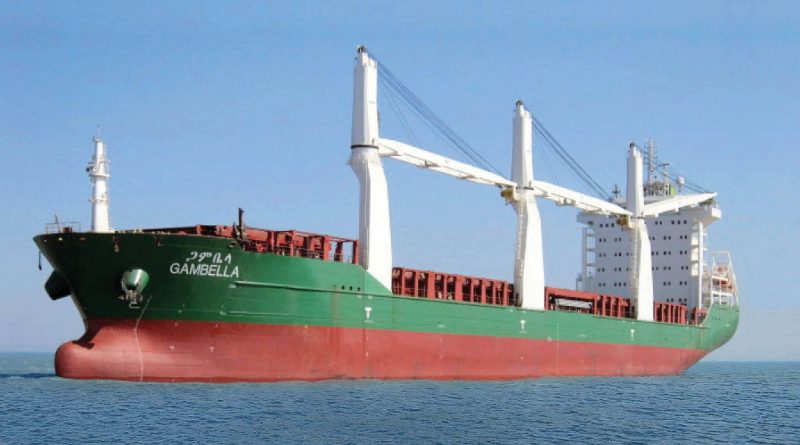
16
May
Securing Ethiopia’s Maritime Future: A Legal and Diplomatic Framework for Access to the Port of Assab
Ethiopia’s position as a landlocked state at the heart of the Horn of Africa belies its historical and contemporary centrality to regional politics, economics, and security. The absence of direct sovereign access to the sea is not merely a logistical constraint, it is a structural anomaly in a region whose geopolitical rhythms are increasingly maritime in character. In an age where economic sovereignty is inextricably tied to connectivity, and where access to global markets determines strategic resilience, the lack of functional maritime infrastructure places Ethiopia at a systemic disadvantage. Yet the pursuit of a remedy must be measured, principled, and legally coherent. The Port of Assab, long integrated into Ethiopia’s geoeconomic consciousness, represents both a historical entitlement and a future possibility, not through the assertion of dominion, but through the choreography of law, diplomacy, and regional imagination.
The foundational legal premise for Ethiopia’s maritime claim lies not in revanchist appeals or antiquated maps, but in the enduring principles of international law. The United Nations Convention on the Law of the Sea (UNCLOS), particularly Part X, enshrines the inherent rights of landlocked states to transit through neighboring coastal states to access the sea. While this right is subject to bilateral agreement, its normative thrust, non-discriminatory, secure, and efficient access, has acquired the status of customary international law through widespread and consistent state practice. Similarly, the 1965 New York Convention on the Transit Trade of Landlocked States obligates coastal states to facilitate access without obstruction, echoing the postcolonial consensus that economic marginalization must not be compounded by geographic determinism.
These principles are not abstract doctrines, they are the legal scaffolding upon which legitimate regional arrangements can be built. They are also echoed, perhaps more presciently, in the 1950 United Nations Commission Report on Eritrea, which proposed the establishment of free zones in the ports of Massawa and Assab to accommodate Ethiopia’s maritime needs. Though non-binding, Clause 267(6) of that report reveals a normative orientation of the postwar international order, one that recognized the necessity of embedding Eritrea’s ports within a broader, integrative regional architecture. The clause’s interpretive significance lies in its underlying assumption, that Ethiopia’s maritime access was not a discretionary privilege, but a structural requirement.
Eritrea’s sovereignty, of course, is not in question. But sovereignty in the contemporary international system does not equate to isolationism, nor does it preclude cooperative arrangements that acknowledge mutual interdependence. Ethiopia’s approach must therefore be meticulously constructed around respect for Eritrean autonomy, while advancing the idea that legal access to Assab is not antithetical to sovereignty, but compatible with it, indeed, potentially generative of economic and diplomatic dividends for both states.
The logic of Assab is not only legal or historical, it is profoundly geographic. The port’s proximity to Ethiopia’s economic heartland renders it a uniquely strategic outlet, with implications for transport costs, logistical efficiency, and commercial fluidity. The current overreliance on Djibouti, while born of necessity, imposes a strategic vulnerability that Ethiopia can no longer afford. It binds the nation’s commercial lifeline to a single route, exposing it to price shocks, congestion, and geopolitical leverage. Moreover, the intensifying militarization and external interest in the Red Sea, by powers ranging from China and the UAE to Turkey and Russia, compounds Ethiopia’s marginalization. A nation of Ethiopia’s scale and aspiration cannot credibly influence regional maritime governance while remaining a spectator to the sea.
The years between 1991 and 1998 provide a valuable precedent. During this period, Ethiopia accessed Assab under peaceful, commercially sound conditions, absent any territorial contention.
The deterioration of relations that followed was political, not structural. The resumption of access, underpinned by a more formal and legally codified framework, is not only feasible but arguably overdue. Comparative international examples affirm this possibility, Bolivia’s enduring legal challenge to Chile for Pacific access, Zambia’s leasehold engagement with Namibia over the Walvis Bay corridor, and even historical models such as Hong Kong under British leasehold all demonstrate the viability of port access mechanisms that preserve sovereignty while enabling functionality.
Ethiopia’s proposed path forward must be multidimensional. A bilateral treaty with Eritrea, grounded in UNCLOS principles and informed by Clause 267(6), would affirm Ethiopia’s right of maritime interface without compromising Eritrea’s sovereign control. This treaty must delineate the parameters of use, outlining customs procedures, security protocols, operational governance, and mechanisms for dispute resolution, ideally under international arbitration. Crucially, it must also insulate the arrangement from shifts in political mood, anchoring it in law rather than sentiment.
Parallel to the legal framework, a Special Economic and Logistics Zone in Assab could serve as the economic engine of the arrangement. Jointly administered, or overseen by a credible international body such as the African Union or UNCTAD, the zone would embody mutual benefit, attracting investment, creating employment, and transforming Assab from a symbol of division into a site of convergence. A long-term lease agreement, modeled on functional precedents across Africa and Asia, could further institutionalize the arrangement, providing predictability and financial viability. This must be complemented by a multilateral layer, the involvement of regional institutions such as IGAD and continental bodies like the AU, which would confer legitimacy and serve as guardians of the treaty’s integrity.
The incentives are compelling. Ethiopia would reduce its strategic exposure, diversify its maritime portfolio, and assert its rightful place in Red Sea affairs. Eritrea, in turn, would benefit from infrastructural renewal, port revenue, and renewed engagement with regional mechanisms from which it has long been estranged. For the broader region, a functional Ethiopia–Assab corridor could catalyze AfCFTA implementation, stabilize sensitive border zones, and begin to shift the Red Sea narrative from confrontation to cooperation.
Nevertheless, the endeavor is not without peril. Ethiopia must be vigilant in avoiding rhetorical frames that evoke coercion, irredentism, or restitution. The language of force or entitlement would erode the moral and legal high ground, inviting resistance and international rebuke. This effort must instead be governed by restraint, nuance, and long-term statecraft. Quiet diplomacy, patient negotiation, and a commitment to shared gain are the instruments through which this vision must be realized.
This is not a project of ambition, but of rectification. It is a sober attempt to align Ethiopia’s structural realities with its rightful economic geography, within a framework that preserves peace, respects sovereignty, and enhances regional cohesion. The Red Sea, long a space of fracture and friction, holds the potential to be reimagined, as a maritime commons, a conduit of prosperity, and a shared regional artery.
Maritime access, in the final calculus, is not a concession to be granted nor a favor to be earned. It is a normative entitlement embedded in international law and affirmed by historical logic. Ethiopia’s pursuit of Assab must be seen not as an outlier in the postcolonial order, but as its continuation, the sustained effort to ensure that geography need not dictate destiny, and that sovereignty, far from being zero-sum, can be the foundation of common purpose.

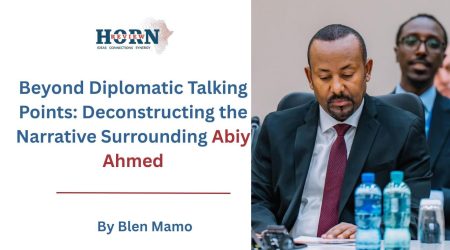

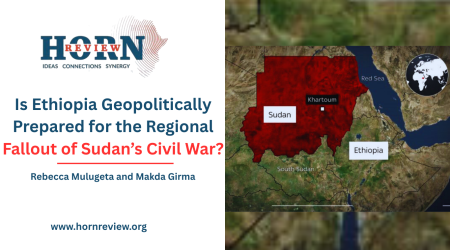

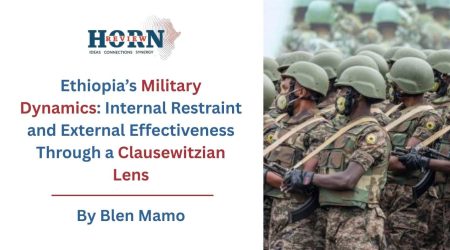
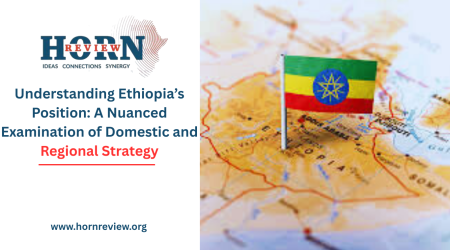
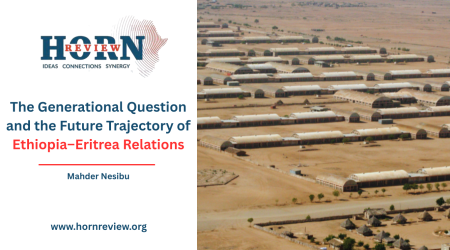



Comment (1)
I do trust all the ideas you have introduced in your post.
They’re very convincing and will definitely work.
Nonetheless, the posts are very brief for starters.
May just you please extend them a little from next time?
Thanks for the post.